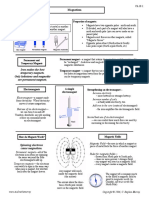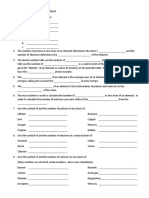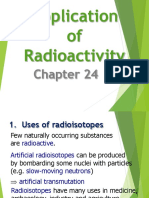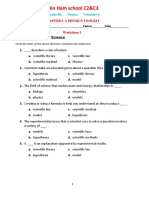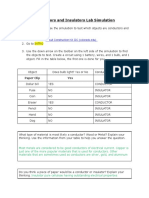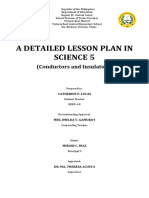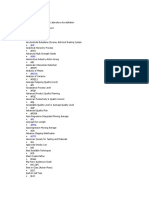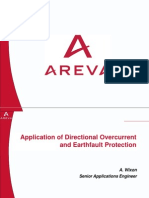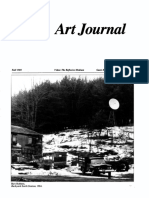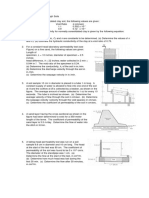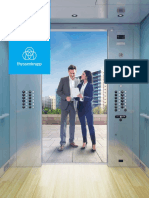0% found this document useful (0 votes)
773 views2 pagesPhet Online Lab Conductors and Insulators1
The document describes a lab simulation where students test various objects to determine if they are conductors or insulators. A table shows that paper clips, coins, fuses, and pencils (weakly) allowed a bulb to light in a circuit, identifying them as conductors, while dollar bills, erasers, hands, and dogs did not, labeling them as insulators. It asks whether metal or wood would generally be a better conductor, explains metal conducts due to freely moving electrons, and identifies paper and rubber gloves as insulators for safety.
Uploaded by
Michelle CenCopyright
© © All Rights Reserved
We take content rights seriously. If you suspect this is your content, claim it here.
Available Formats
Download as PDF, TXT or read online on Scribd
0% found this document useful (0 votes)
773 views2 pagesPhet Online Lab Conductors and Insulators1
The document describes a lab simulation where students test various objects to determine if they are conductors or insulators. A table shows that paper clips, coins, fuses, and pencils (weakly) allowed a bulb to light in a circuit, identifying them as conductors, while dollar bills, erasers, hands, and dogs did not, labeling them as insulators. It asks whether metal or wood would generally be a better conductor, explains metal conducts due to freely moving electrons, and identifies paper and rubber gloves as insulators for safety.
Uploaded by
Michelle CenCopyright
© © All Rights Reserved
We take content rights seriously. If you suspect this is your content, claim it here.
Available Formats
Download as PDF, TXT or read online on Scribd
/ 2

